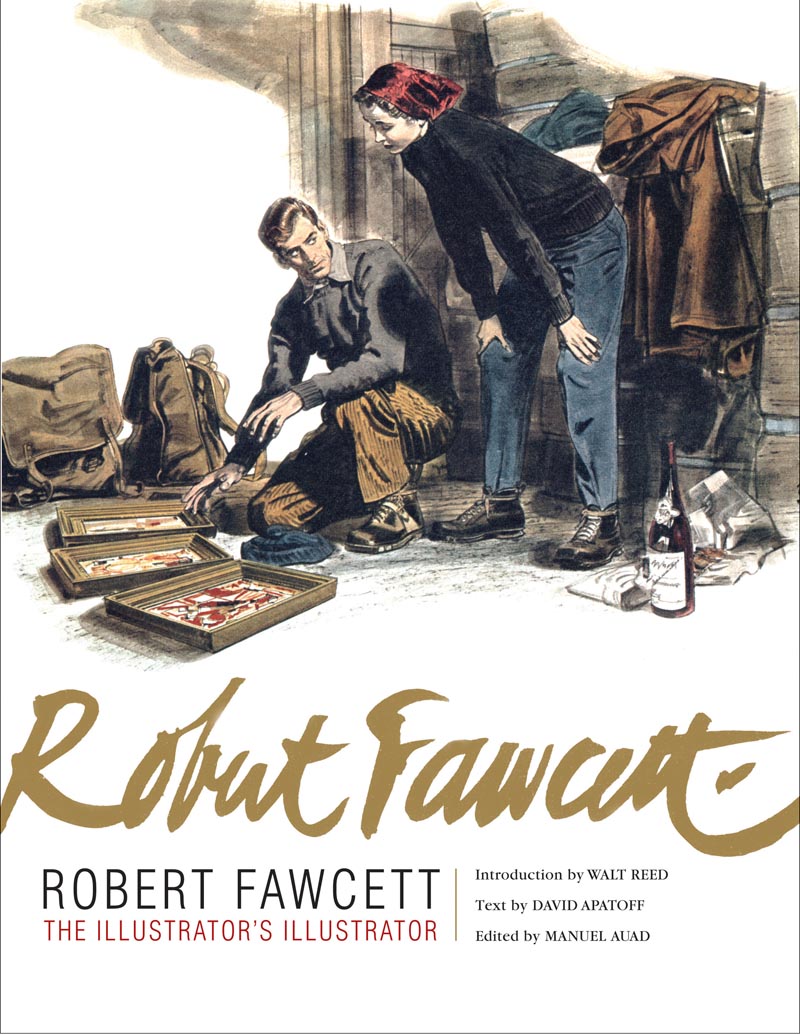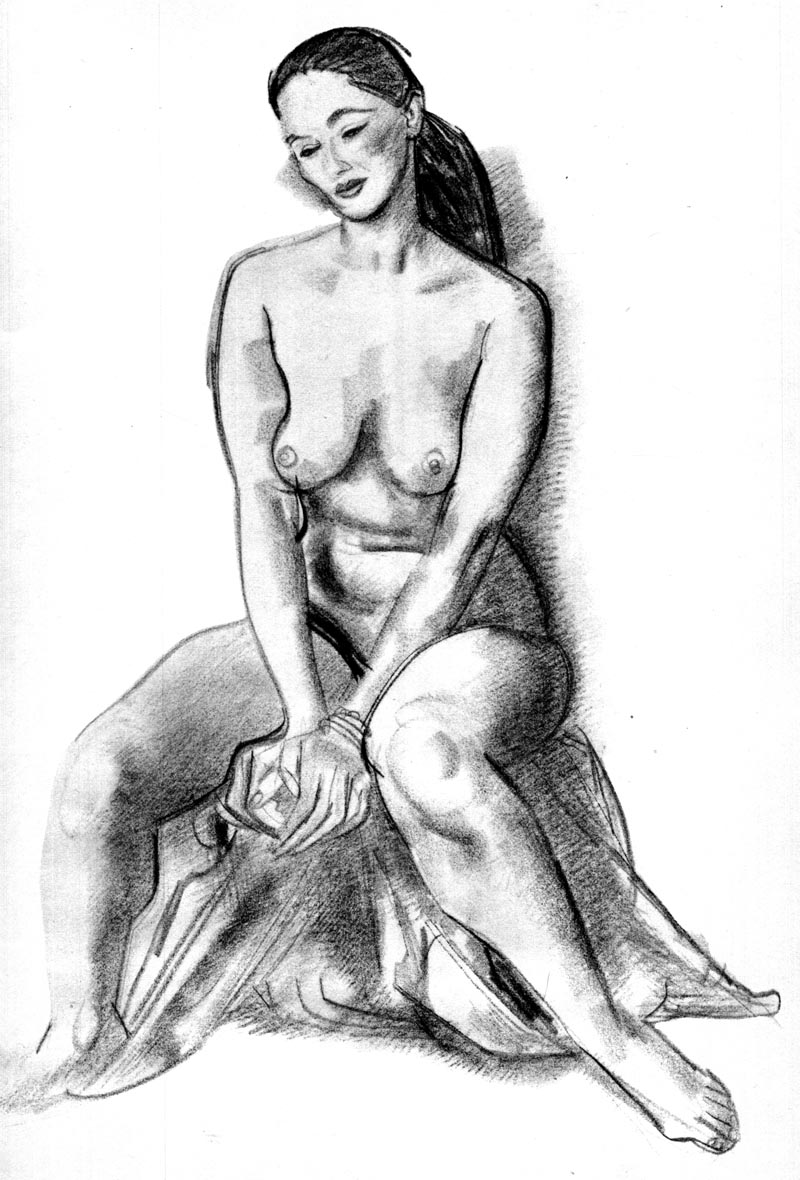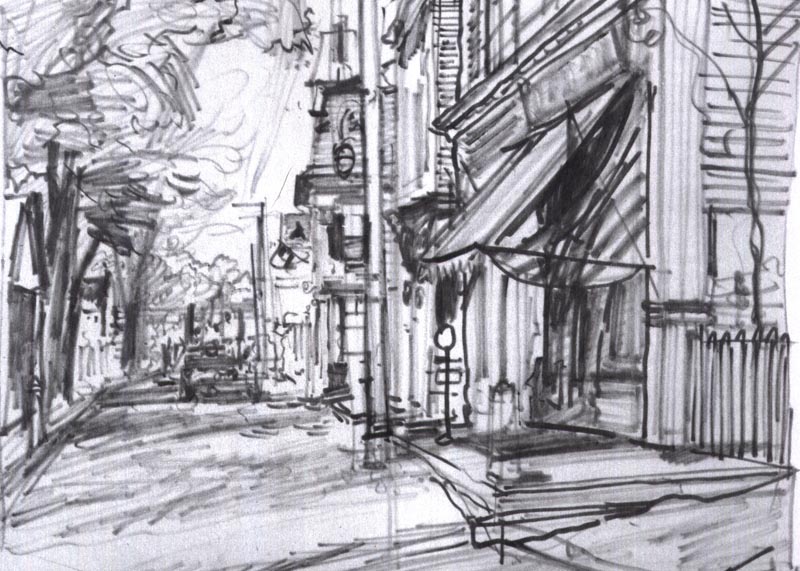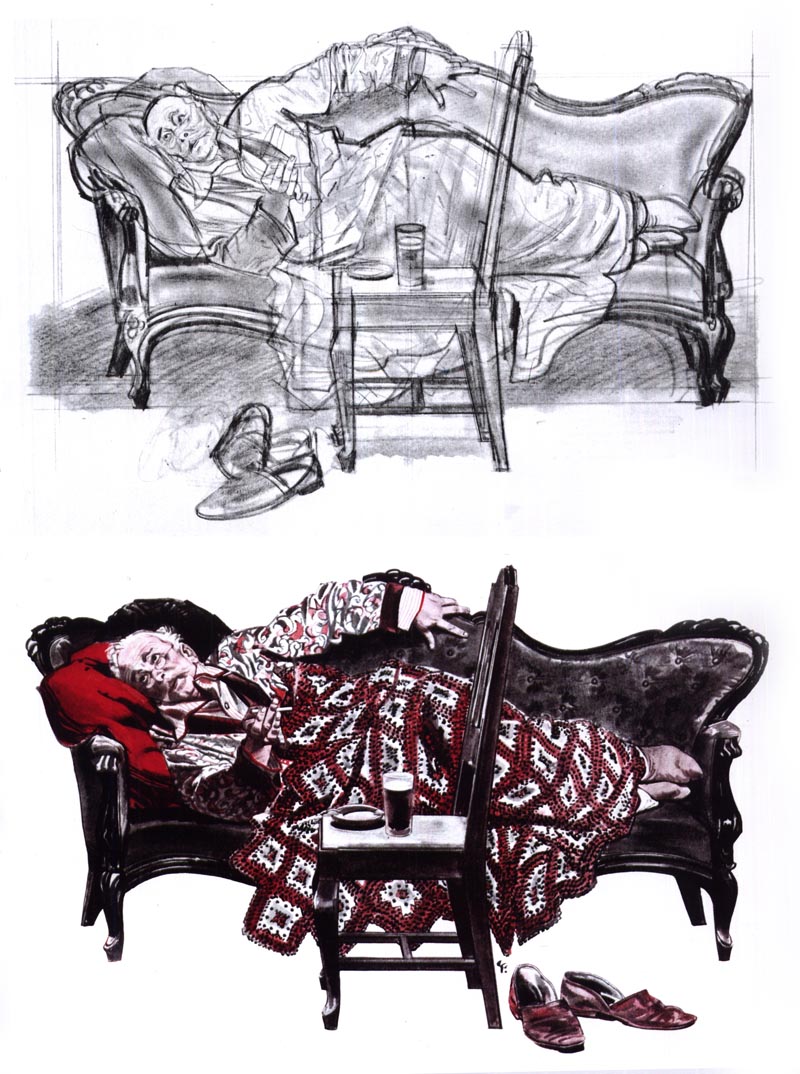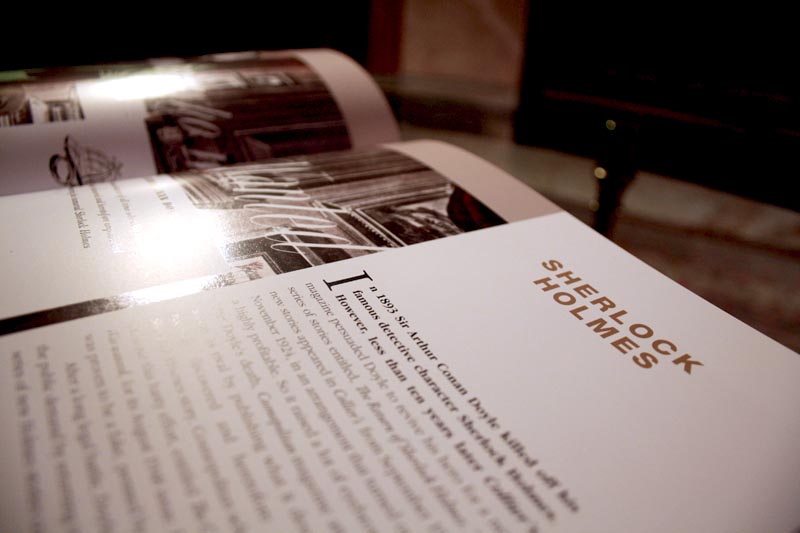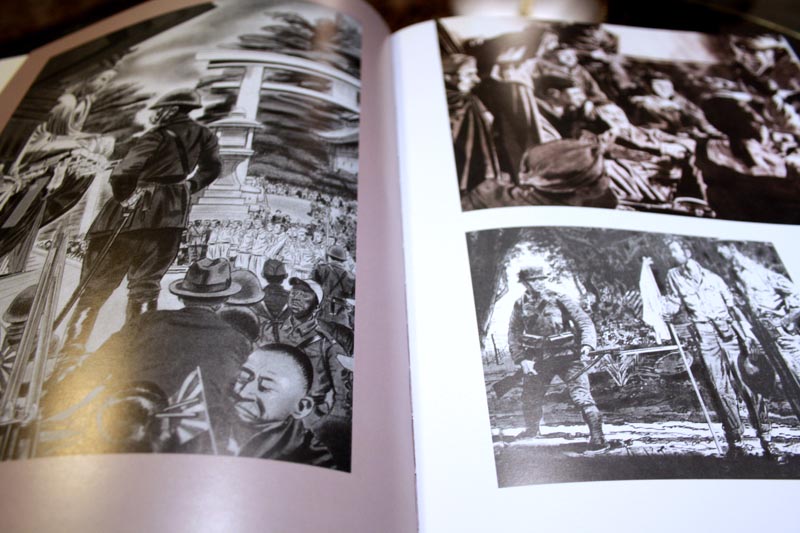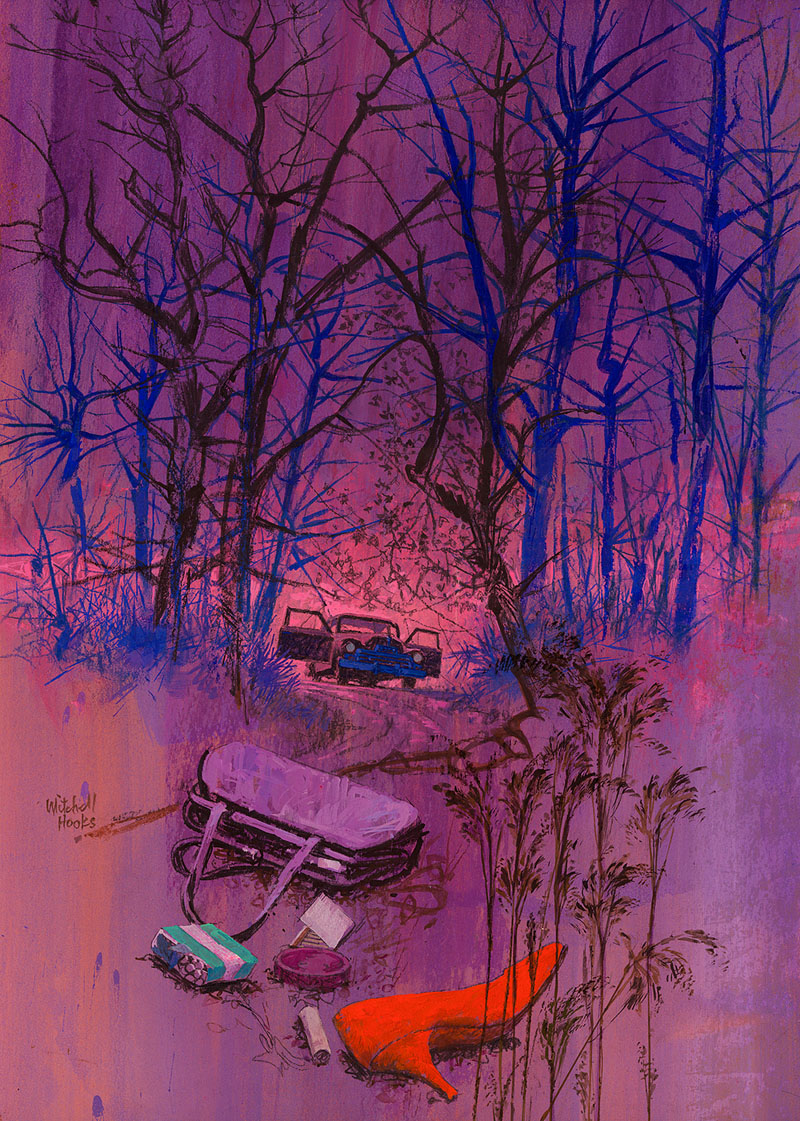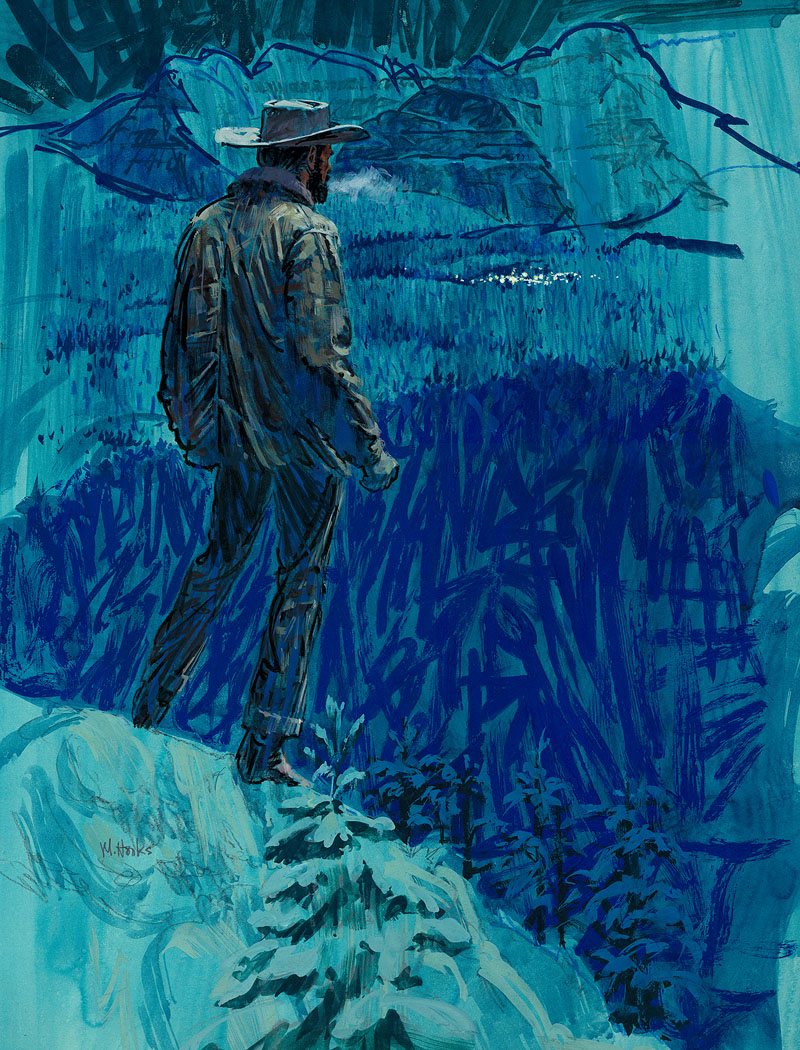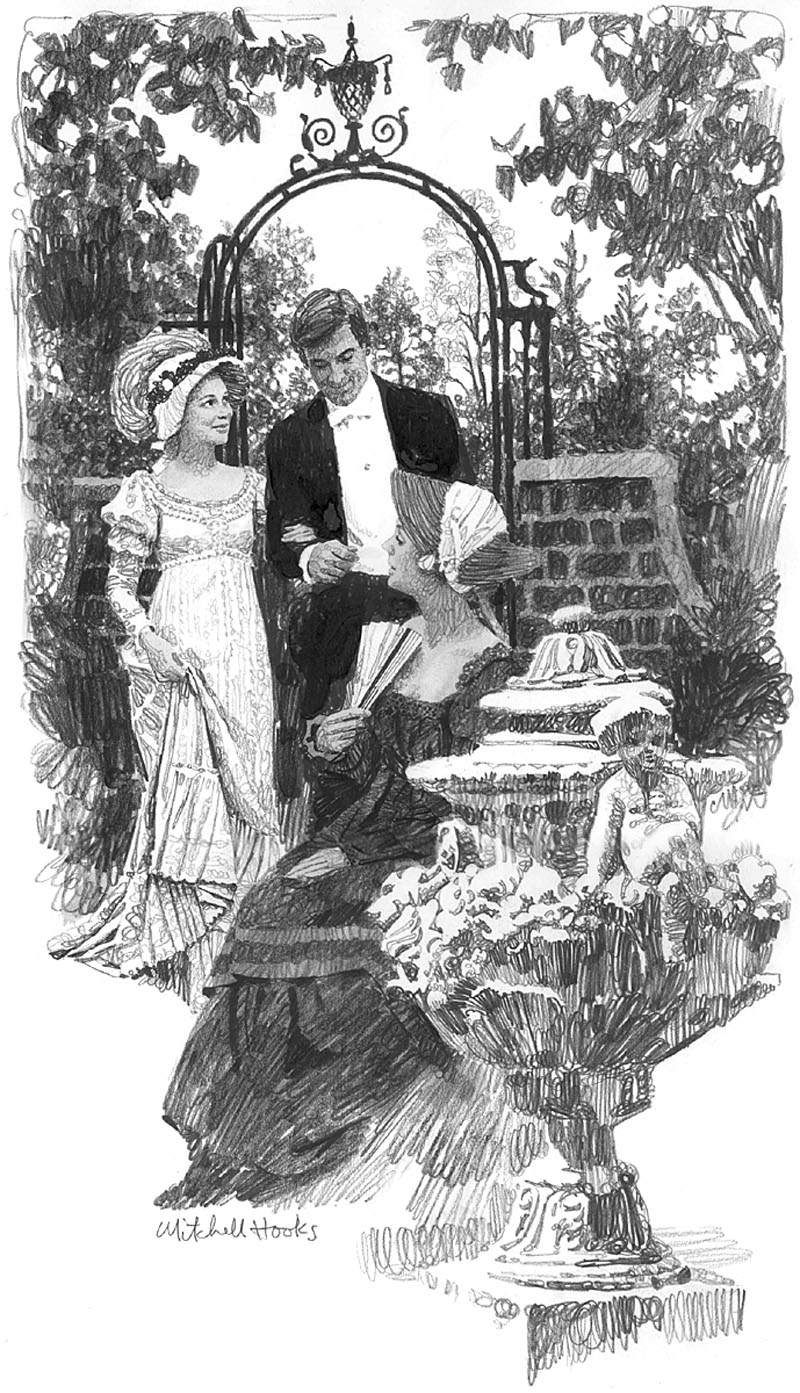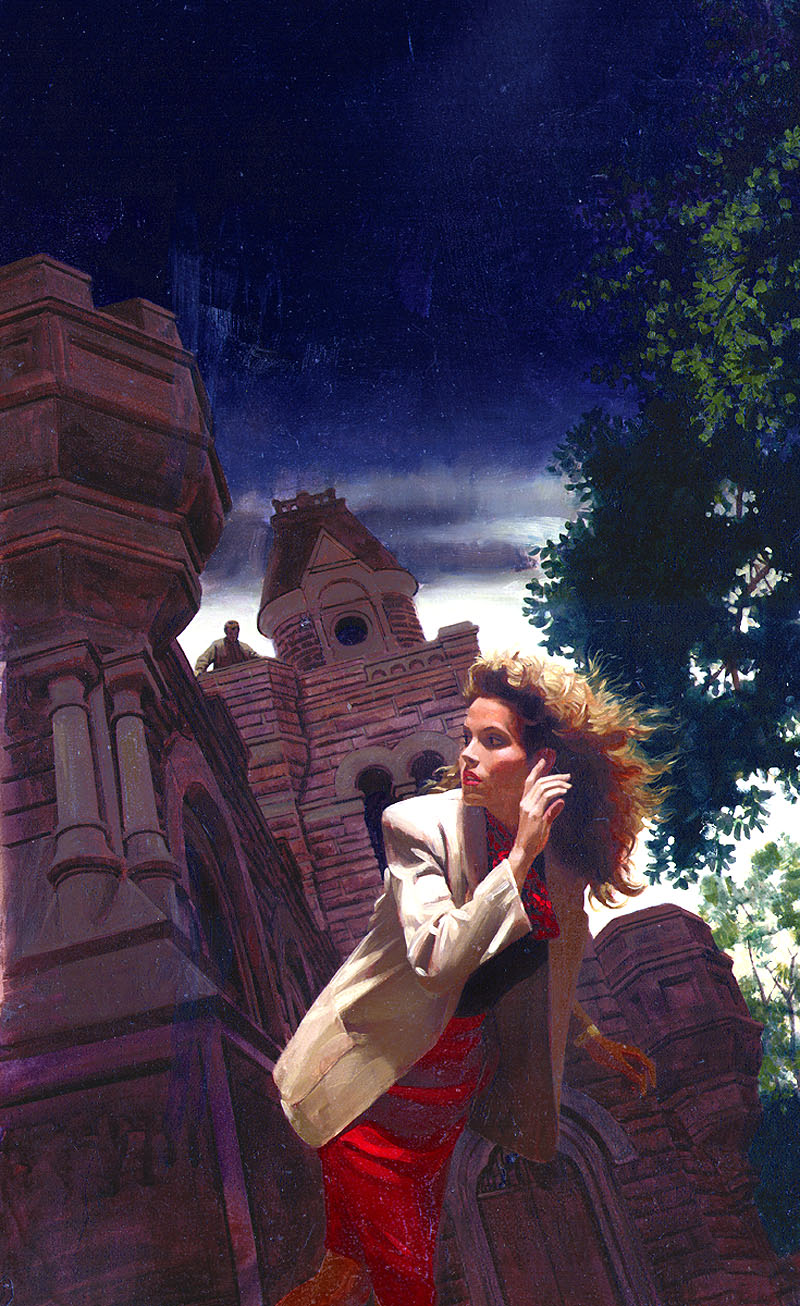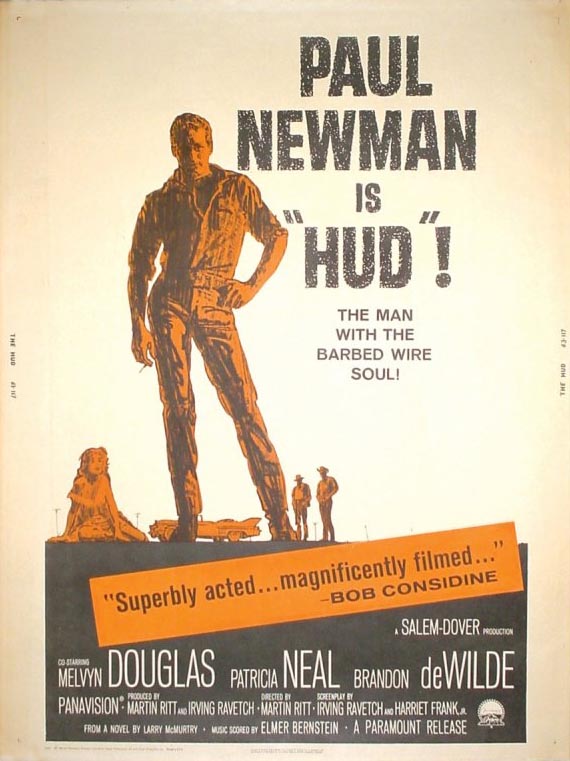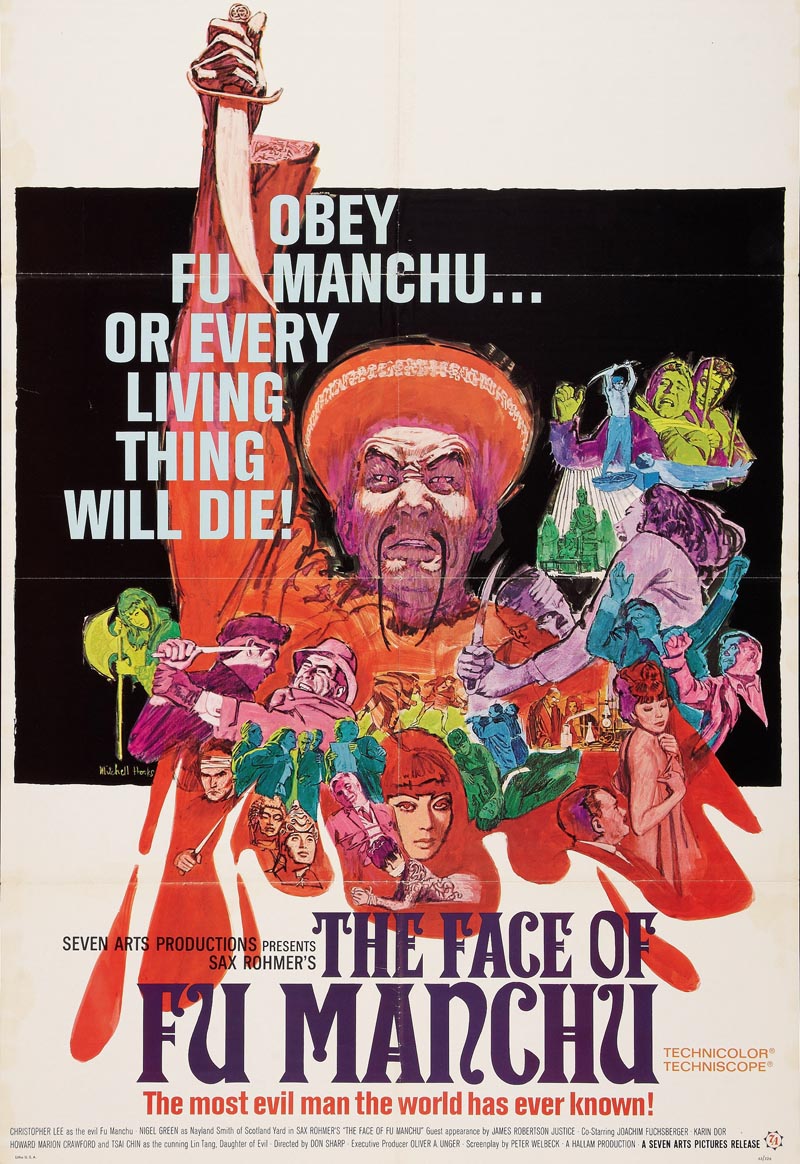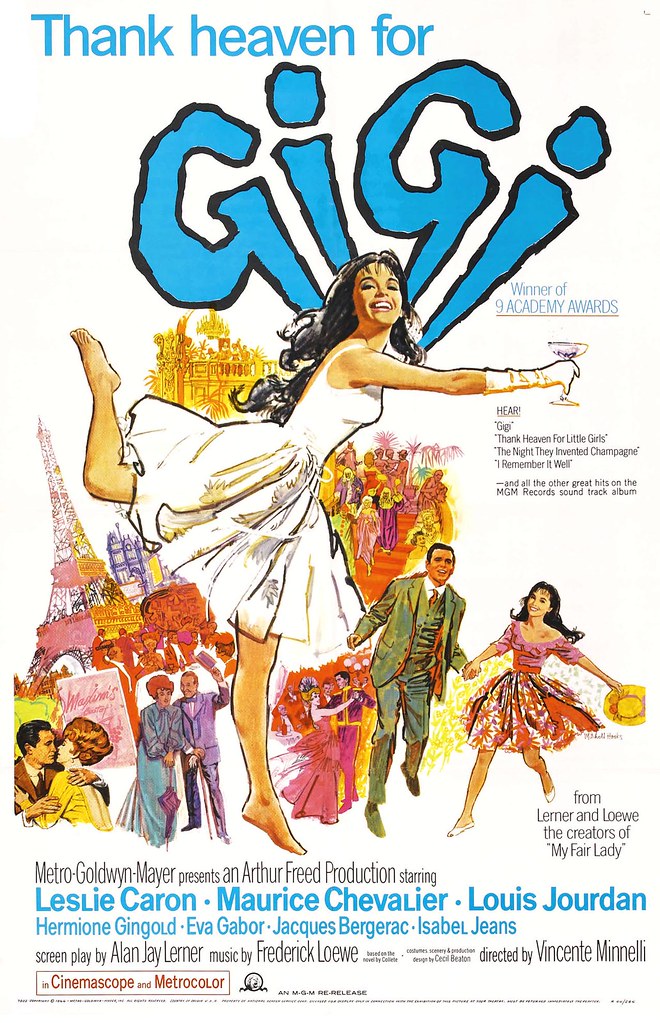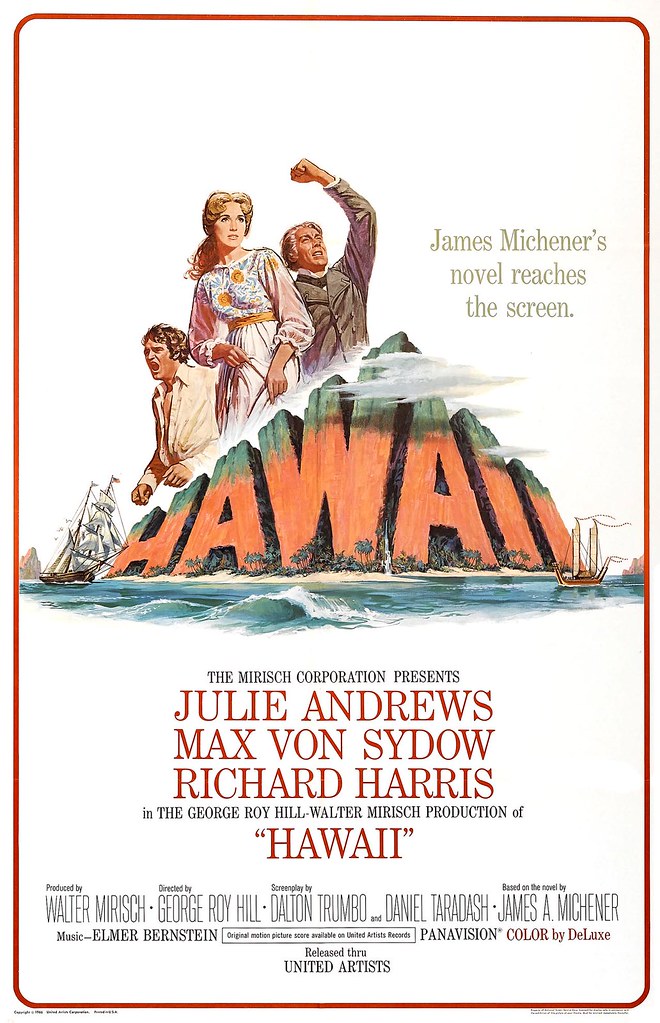Despite Fawcett's lack of formal education, his house became a center of cultural activity. Fawcett had a strong interest in music and became friends with world famous musicians including Toscanini and Heifetz, who visited his home. He also kept company with a wide variety of artists, such as the famous English sculptor Jacob Eptsein, and embraced the latest modern art.

Original drawings by the abstract sculptor Henry Moore and the modernist painter Graham Sutherland hung on his walls.

Fawcett believed this intellectually fertile environment was important to his development as an artist. He claimed that the greatest influence on his illustrations came not from visual arts but from opera. he also asserted that illustration was "more closely akin to theatre" than to gallery painting...

... because the primary function of the illustrator is to intrigue the viewer, "whether to intrigue the reader into starting a story..."

"... or intrigue the lady into a first-hand look at the garment."

He related music to the abstract designs that were the foundation of his "realistic" pictures.

As Fawcett finalized [his pictures], he went over the whole work again to make sure its design, composition and abstract qualities held together. "At any stage I am likely to pick up anything handy - some colored crayons, an old paint palette - and crudely rub in colour, articulating and highlighting this, setting the black."

As he worked on an illustration, realistic details inevitably came into focus...

... but Fawcett always stressed that "the longer the idea can be considered in the abstract, the better."

The new Robert Fawcett book is available now from Auad Publishing.
